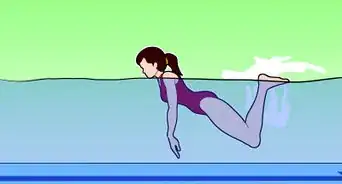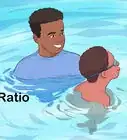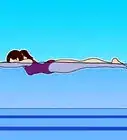This article was co-authored by Francisco Gomez. Francisco Gomez is the Head Coach at the FIT Potato Gym, a training gym established in 2001 in the San Francisco Bay Area. Francisco is a former competitive runner who helps endurance athletes train for major marathons like the Boston Marathon. Francisco specializes in Injury Rehab, Flexibility, Marathon Training, and Senior Fitness. He has a B.S. in Nutrition and Exercise Physiology & Running.
There are 7 references cited in this article, which can be found at the bottom of the page.
wikiHow marks an article as reader-approved once it receives enough positive feedback. In this case, 90% of readers who voted found the article helpful, earning it our reader-approved status.
This article has been viewed 147,862 times.
Freestyle swimming is one of the most common swimming styles. Whether you swim freestyle for exercise or competitively, you’ll likely want to improve your speed. Thankfully, there are many ways you can swim faster. By improving your kick, using your arms and body better, working on breathing, and creating a practice routine, you’ll be able to get faster at swimming freestyle.
Steps
Improving Your Kick
-
1Exercise your ankles. By working your ankles out, you’ll build ankle strength and flexibility. Increased strength and flexibility will help you start faster and turn quicker. To accomplish this, commit to exercises like:
- Skipping rope
- Standing on one leg
- Squats
- Ankle rockers. Do this by sitting on the back of your ankles, leaning back, and lifting your knees upward. Try to hold this for about a minute or two. Do several repetitions.
- Ankle rotations. Simply rotate your ankles around in circles 15 to 20 times.[1]
-
2Balance your kick. A balanced kick will help you move through the water in a much more consistent fashion. To improve your kick, commit to a vertical kicking training routine. To do this, stand in a moderately deep part of the pool and work on your swimming kick while standing up. To further improve the balance of your kick:
- Use a weight belt or drag sox.
- Try kicking with swim fins.[2]
Advertisement -
3Kick backwards. One of the biggest problems people have is that they kick downward rather than backward. Instead of this, move your legs (as a whole) backwards -- as if you are pushing back -- instead of kicking downward.[3]
- Think of your legs as one large fin moving back and forth in the water.
-
4Kick with purpose. Concentrate and make sure that your kicks are deliberate. Make sure you are focused on how your body and legs are moving together. If you’re unfocused, you may kick, but you won’t kick with purpose and in an effective manner. In the end, you may wind up zig-zagging or slowing yourself down.[4]
Using Your Arms and Body Better
-
1Point your head forward. Your head should be pointed forward just slightly. Make sure to avoid straining your neck. If your head is turned to the side slightly or you move it around, you’ll wind up slowing yourself down.
- Your neck should not be buried in your shoulders.
- Avoid tucking your chin down.[5]
-
2Hold your hands flat. Your hands should be held flat at shoulder width. Your pinkies and thumbs should be parallel with your other fingers. This should give you a lot more power as you move through the water.[6]
-
3Catch the water with your hands. Your fingertips should point down toward the bottom of the pool as you paddle through the water. If they’re not, you’ll lose energy and won’t be able to move as fast as you could otherwise.[7]
-
4Avoid rotating your shoulders too much. By rotating your shoulders, you’ll wind up making your hips turn. This will ultimately slow you down and make you lose power and momentum. Instead, focus on moving your arms as if you are paddling on a surfboard.[8]
-
5Swim straight. Try to follow the line on the bottom of the pool as best as you can. If there is no line, make sure you stay straight in your swimming lane. In addition, make sure your arms don’t cross over the middle of your body when you are completing your strokes.
- Your right or left hand should never go near the opposite side of the body.[9]
Working on Breathing and Resting
-
1Breathe regularly. Take moderate-sized breaths as your head turns to the side. Then, slowly exhale as your head moves underwater. Do not:
- Breathe too deeply. Ultimately, moderate sized, regular breaths are more important than deep breaths.
- Hold your breath.[10]
-
2Take a break after your arms enter the water. Once your arms have entered the water, take a slight pause. This way, you’ll let the momentum of your stroke move you. You’ll also be able to recharge a little bit before continuing with the next stroke.
- The pause you should take will be very short, perhaps about a second or so.[11]
-
3Allow your release and recovery to be natural. Don’t force your release and recovery after your power phase. Let it all happen naturally – your arm should naturally move into recovery as your hand moves close to your hip.
- The angle of your elbow doesn’t really matter during release and recovery.[12]
Practicing
-
1Create a routine. While it’s probably impossible for you to spend every day in the pool, you can create a regular routine that will provide you with the experience needed to swim faster. Set a goal of swimming for one hour per day, at least three days a week.[13]
- Set time aside before or after work or school.
- Spend part of a weekend day swimming.[14]
-
2Increase the number of yards you swim per week. One of the most important factors in swimming faster is pushing yourself to beat your old records. As a result, you should constantly push yourself to improve the number of yards you swim for any given amount of time. Try increasing your time or distance by 10% each week.[15]
- If you swim 1500 yards an hour, challenge yourself to eventually move up to 3000 yards an hour. While this may seem like a big increase, you’ll be able to do it over time.
- Use a timer to challenge yourself to go further in a certain mount of time.[16]
- Set goals for yourself so you can more easily track your progress.[17]
-
3Do some closed-fist swimming. Instead holding your hand out flat or cupped as you swim, make a fist. This will lessen the momentum you make with your hands, and force your arms to work harder. This will help train you to use your forearms more than you normally do.[18]
-
4Try underwater freestyle. Swim underwater just as you would above water. This will get you used to having much more resistance as you swim. As a result, when you return to above water freestyle, you’ll be able to swim faster.
- Mix up your normal routine by swimming underwater for some laps.[19]
-
5Swim with your head up. Instead of tilting your head underwater as you swim, keep it above water the entire time. This requires you to kick harder and faster to move straight and quick. After doing it for a while, you’ll find you have better control of your body.[20]
- Try this for a few of your laps when you practice swimming.
-
6Drag your hand during the recovery phase of normal freestyle. Move your hand out to create some resistance in the water after you've made your big stroke. After doing this for a while, you’ll feel much more power when you swim normally.
- Try dragging your hand periodically when you swim.[21]
-
7Use dolphin kicks. Dolphin kicks are when you move both of your legs together as if they are the fin of a dolphin. This works because it’ll get you used to a certain rhythm.
- Try swimming with dolphin kicks for half an hour at least once a week.[22]
Expert Q&A
Did you know you can get expert answers for this article?
Unlock expert answers by supporting wikiHow
-
QuestionHow can I speed up my freestyle swimming?
 Brad HurvitzBrad Hurvitz is a Certified Swimming Instructor for My Baby Swims, an adolescent swimming school based in La Jolla, California. Brad is trained as an Infant Swimming Resource (ISR) instructor with ISR's Self-Rescue® program. He specializes in training children aged six months to six years of age survival skills like floating on their back to breathe and swimming back to the wall, while also educating parents on how to better keep their kids safe. He has a Master of Business Administration from Oregon State University.
Brad HurvitzBrad Hurvitz is a Certified Swimming Instructor for My Baby Swims, an adolescent swimming school based in La Jolla, California. Brad is trained as an Infant Swimming Resource (ISR) instructor with ISR's Self-Rescue® program. He specializes in training children aged six months to six years of age survival skills like floating on their back to breathe and swimming back to the wall, while also educating parents on how to better keep their kids safe. He has a Master of Business Administration from Oregon State University.
Certified Survival Swimming Instructor
-
QuestionHow can I increase my swimming speed?
 Francisco GomezFrancisco Gomez is the Head Coach at the FIT Potato Gym, a training gym established in 2001 in the San Francisco Bay Area. Francisco is a former competitive runner who helps endurance athletes train for major marathons like the Boston Marathon. Francisco specializes in Injury Rehab, Flexibility, Marathon Training, and Senior Fitness. He has a B.S. in Nutrition and Exercise Physiology & Running.
Francisco GomezFrancisco Gomez is the Head Coach at the FIT Potato Gym, a training gym established in 2001 in the San Francisco Bay Area. Francisco is a former competitive runner who helps endurance athletes train for major marathons like the Boston Marathon. Francisco specializes in Injury Rehab, Flexibility, Marathon Training, and Senior Fitness. He has a B.S. in Nutrition and Exercise Physiology & Running.
Fitness Coach
-
QuestionHow can I improve my time if I know freestyle and flipturn pretty well already?
 Community AnswerMany people know them well, but haven't maximized their strength. Work on strengthening you shoulders and gluten by doing squats and push-ups. You can also swim laps only using your shoulders.
Community AnswerMany people know them well, but haven't maximized their strength. Work on strengthening you shoulders and gluten by doing squats and push-ups. You can also swim laps only using your shoulders.
References
- ↑ https://www.yourswimlog.com/freestyle-kick/
- ↑ https://www.yourswimlog.com/freestyle-kick/
- ↑ https://www.yourswimlog.com/freestyle-kick
- ↑ https://www.yourswimlog.com/freestyle-kick/
- ↑ https://bengreenfieldfitness.com/2012/06/swimming-faster-freestyle/
- ↑ https://bengreenfieldfitness.com/2012/06/swimming-faster-freestyle/
- ↑ https://bengreenfieldfitness.com/2012/06/swimming-faster-freestyle/
- ↑ https://bengreenfieldfitness.com/2012/06/swimming-faster-freestyle/
- ↑ http://www.active.com/triathlon/articles/4-tips-for-a-faster-freestyle-swim
- ↑ https://bengreenfieldfitness.com/2012/06/swimming-faster-freestyle/
- ↑ https://bengreenfieldfitness.com/2012/06/swimming-faster-freestyle/
- ↑ https://bengreenfieldfitness.com/2012/06/swimming-faster-freestyle/
- ↑ Francisco Gomez. Fitness Coach. Expert Interview. 24 October 2019.
- ↑ http://www.trinewbies.com/tno_swim/tno_swimarticle_08.asp
- ↑ Francisco Gomez. Fitness Coach. Expert Interview. 24 October 2019.
- ↑ http://www.trinewbies.com/tno_swim/tno_swimarticle_08.asp
- ↑ Francisco Gomez. Fitness Coach. Expert Interview. 24 October 2019.
- ↑ http://www.yourswimlog.com/freestyle-drills/
- ↑ http://www.yourswimlog.com/freestyle-drills/
- ↑ http://www.yourswimlog.com/freestyle-drills/
- ↑ http://www.yourswimlog.com/freestyle-drills/
- ↑ http://www.yourswimlog.com/freestyle-drills/
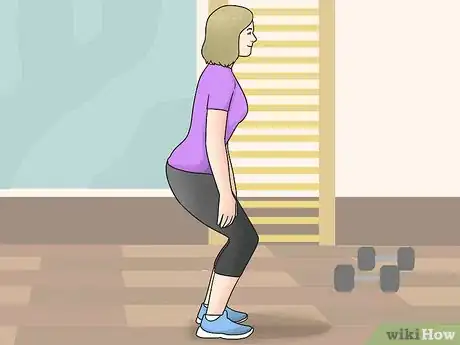
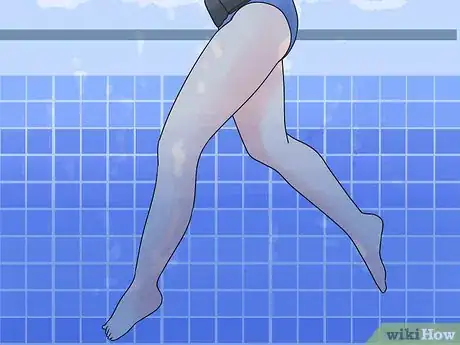
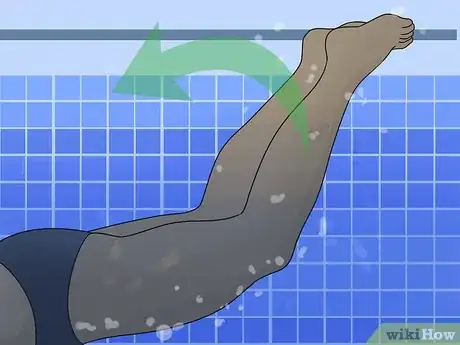
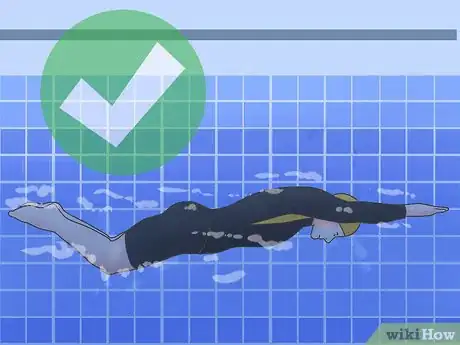
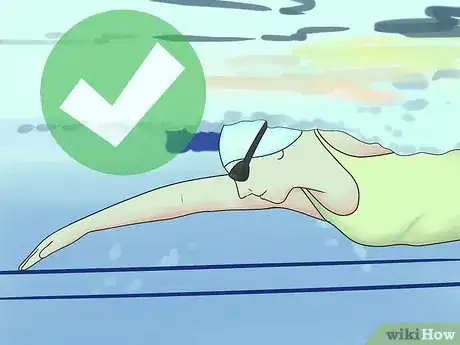
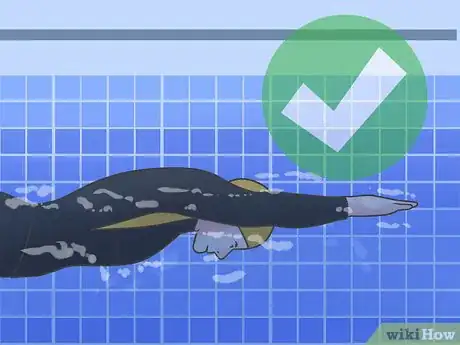
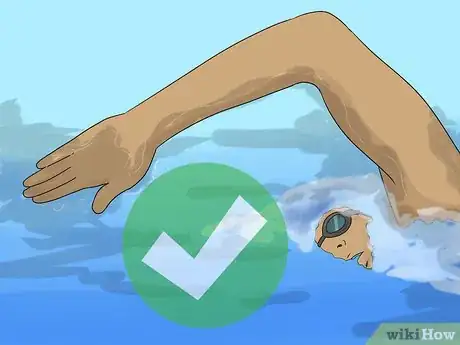
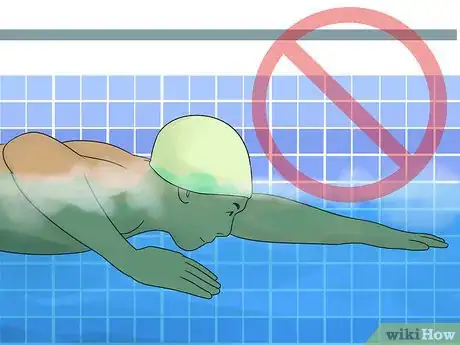
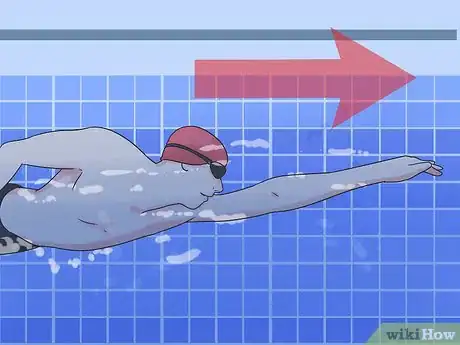
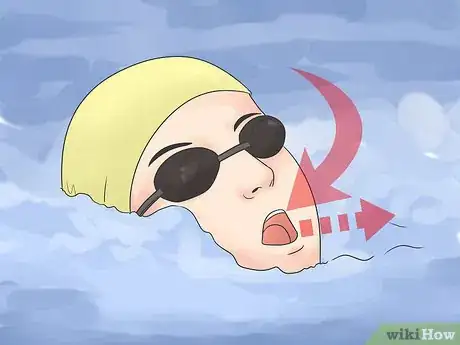

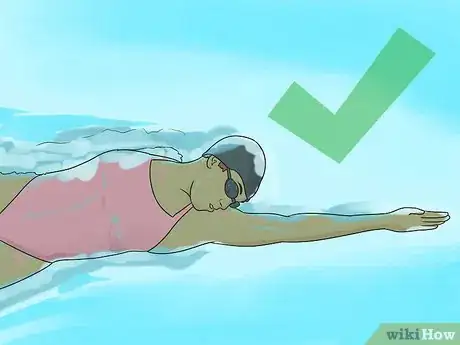
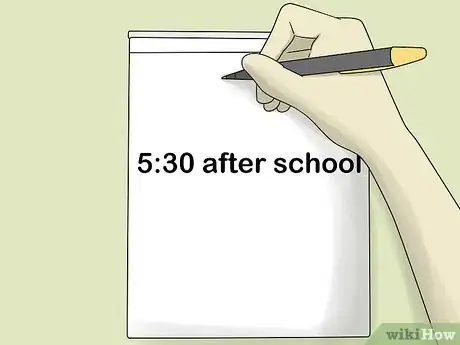

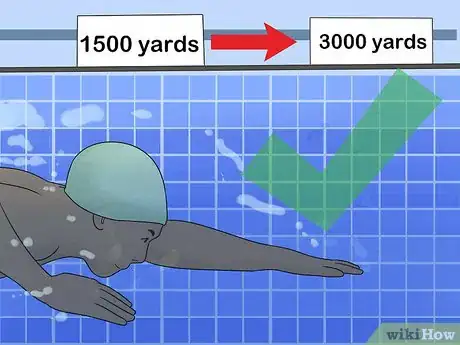
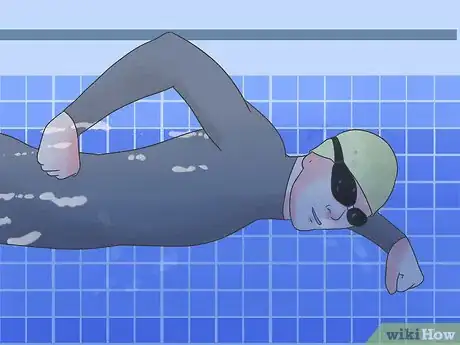
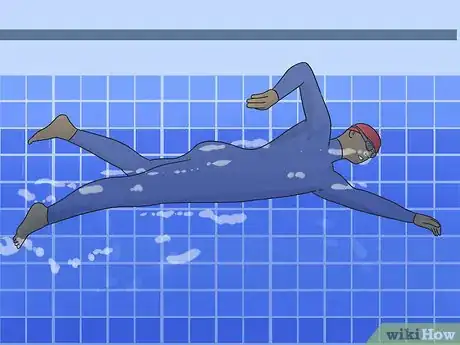
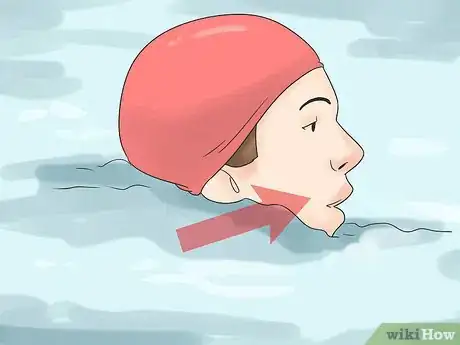
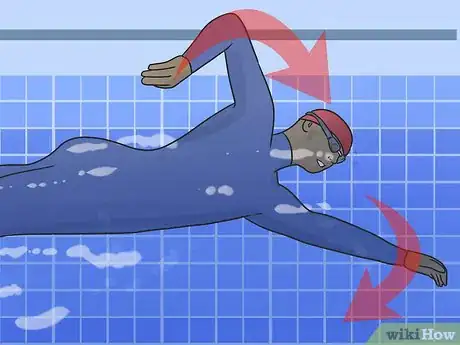
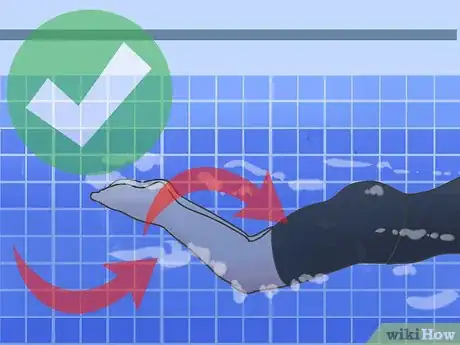
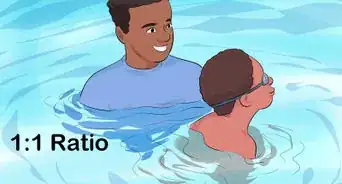
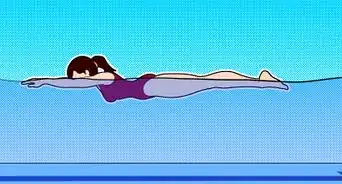

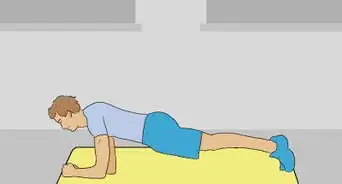


-Step-11.webp)

-Step-7-Version-2.webp)

